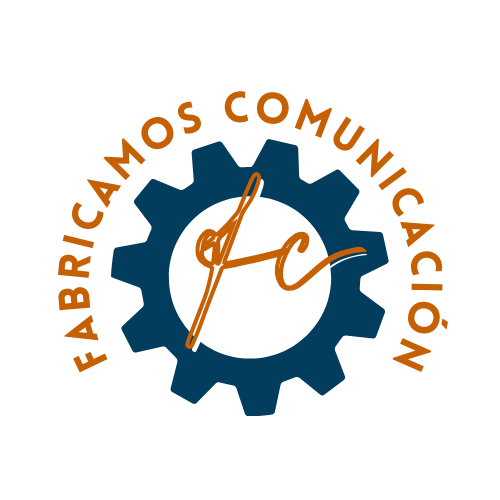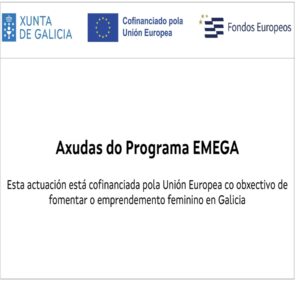Why is it important to know how to write a formal email?
In the digital age in which we currently find ourselves, business and formal communications are increasingly carried out online. Therefore, mastering how to write a formal email has become an essential skill in the day-to-day life of a business.
Correctly writing a formal email can serve as a bridge to countless successes, whether to apply for a job, to send a proposal to a client, to communicate with a boss or superior, or simply to keep professional contact networks alive. To do this, it is vital that you know how to convey your message in a clear, respectful and professional manner.
At Kracia, we know that learning how to write a formal email can be a challenge for many people, especially if you are not familiar with the forms and expectations associated with this type of communication. Therefore, in this blog post, I will explain how to write a formal email, step by step, providing clear examples and useful tips to help you master the art of online communication, successfully, in order to achieve your successes and work expectations. .
Step by step on how to write a formal email at work
Understanding the steps necessary to write a formal email makes the writing process much easier and, without a doubt, ensures that your message is interpreted correctly by the recipient. If we can break this task down into manageable steps, we will be able to guarantee that your message is received with the intended reading intention.
Just like any other type of activity or skill that we acquire over time, learning how to write a formal email can be tedious. Despite this, I assure you that by following this step by step, you will be on the right path to writing a formal email that meets your communicative intentions.

Details on how to write a formal email; steps 1 to 6:
Below, you will find the processes of writing a formal email broken down into understandable and manageable steps. Keep in mind that, although each email will be different, depending on its purpose and audience, there are certain common elements that you should always consider, and these will be the ones we will cover below: subject line, greeting, introduction and objective, body of the email, closing and farewell, and signature.
Step 1: Clear and concise subject line
The subject line of your email is the first impression the recipient of your message will receive. Therefore, you must provide clear, concise information that makes sure you give an idea of the content to be discussed in the email.
Keep in mind to avoid generic or vague subject lines.
Incorrect example: “Meeting”.
Correct example: “Meeting request about social media management next quarter.”
Step 2: Formal greeting
The greeting is the way you open the content of your email. It is very important that you choose the correct way to greet the recipient, since the choice of greeting may vary depending on the recipient and your relationship with them.
As a general rule, for this type of email, it is recommended to use a formal greeting. For example: “Dear Mr. Pérez,” “Dear Mrs. Pérez,”
Step 3: Introduction and objective
The first paragraph of the email should contain a brief introduction and the purpose for which you are sending the email. That is, you must make it clear why you are writing the email from the beginning.
For example: “My name is Uxía Santos, community manager and blog editor at Kracia Marketing Digital. I am contacting you to request a meeting about our next quarter of work and to discuss aspects related to updating the management of your business’s social networks.”
Step 4: Body of the email
In the body of the email, provide all the necessary details, which the recipient needs to know. Make sure you keep your communication clear, concise, and professional.
Example: “To achieve the objectives reflected on social networks, throughout the next quarter, it is necessary that we meet and analyze the current approach of the project. In addition, I would like to know your perspective about the actions we have taken so far and, thus, make the relevant updates and changes…”
Step 5: Closing and farewell
Close the content of your email with a thank you for the time spent reading your email and conclude it with a formal farewell.
On the other hand, it is a good time to indicate any expectations you have about the next steps of your work. For example: “I thank you in advance for your time and consideration. I hope we can meet without causing any inconvenience to your schedule. Sincerely, Uxía Santos.”
Step 6: Signature
Your email signature is just as important as the rest of your email content. It must include the business logo, your full name, your title or position in the business, the website (if available), and relevant contact information.
Example: “Uxía Santos Fernández – Community manager and blog editor at Kracia Marketing Digital. – Website: www.kracia.es. – Contact telephone number: 633 385 794. – Email: info@kracia.es .
Conclusion on how to write a formal email
Writing an email is more than just a work formality. This is a skill that reflects your professionalism in the sector, along with the respect and attention you show to the details of your work. Which is essential in today’s business and professional world.
By following the steps indicated throughout this entry and applying them to your own communication skills, through email, you will be able to position yourself in the sector, obtaining an effective impact in your professional environment. That is, you will not only improve your current interactions and relationships, but you will also open new doors, horizons and career opportunities.
Remember, a formal email is an extension of you and your company, therefore, it is vitally important that you manage to convey your message in a professional and respectful manner. Clarity and courtesy should never be underestimated when writing a formal email.
I hope these tips and examples help you when writing a formal email, in the day-to-day life of your business.
Tell us, have you had any particular challenges when writing formal emails? Is there any other aspect of email communication you’d like us to talk about?



